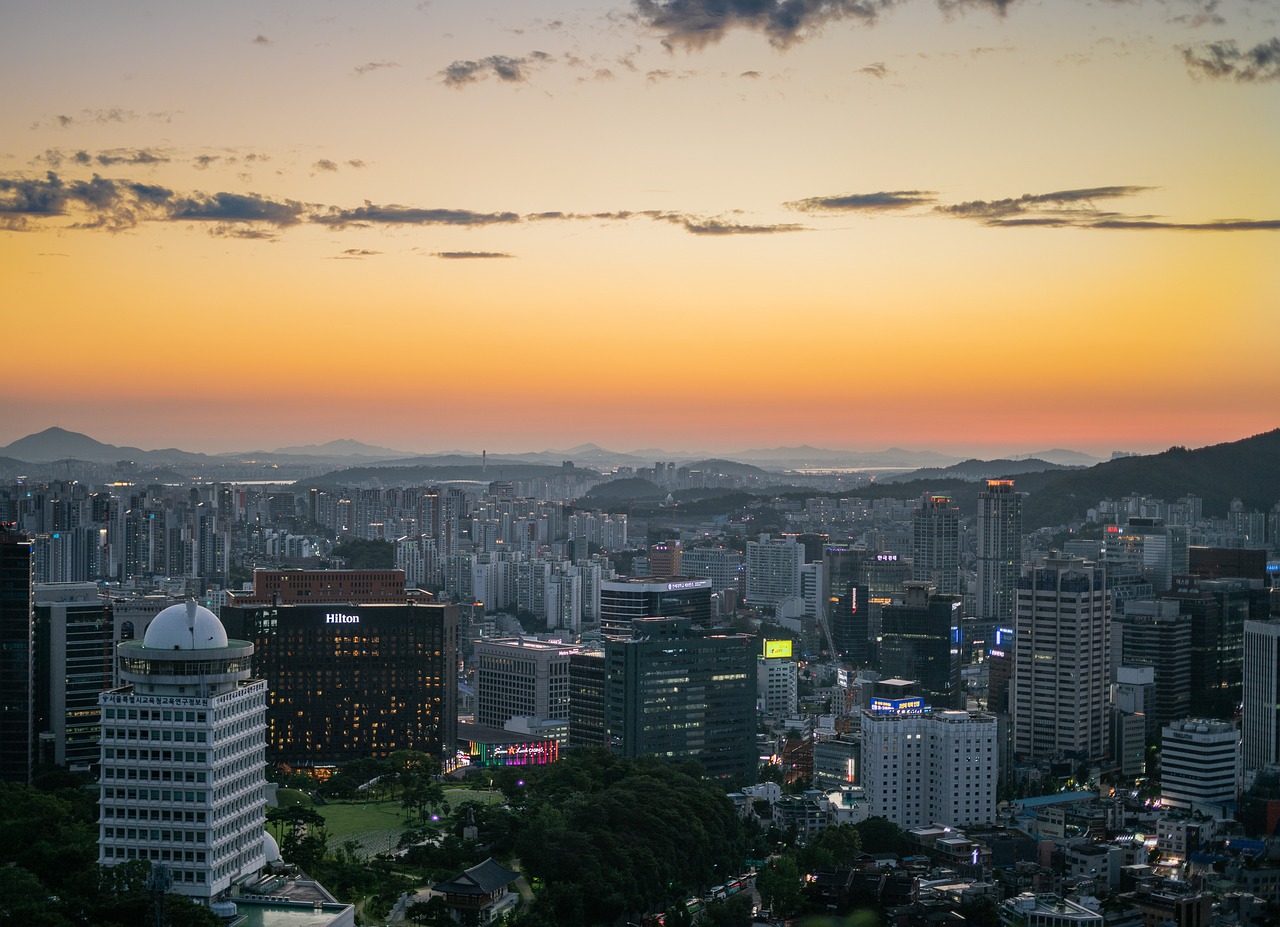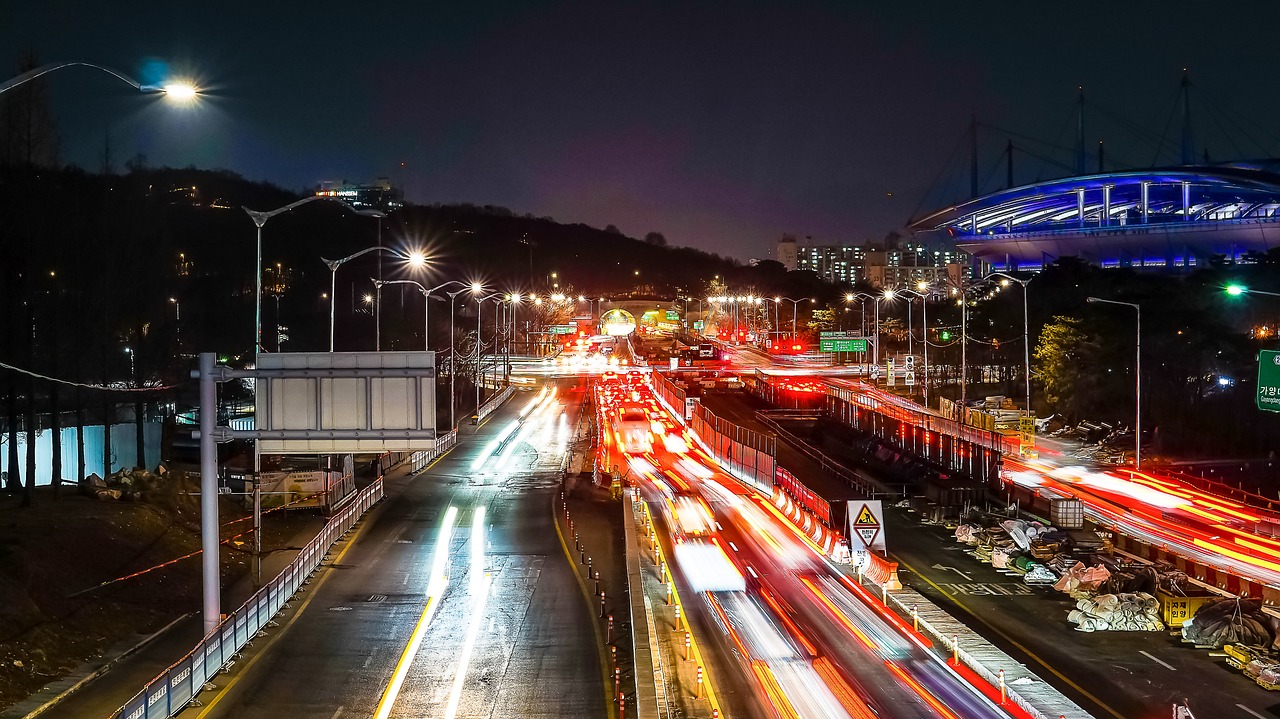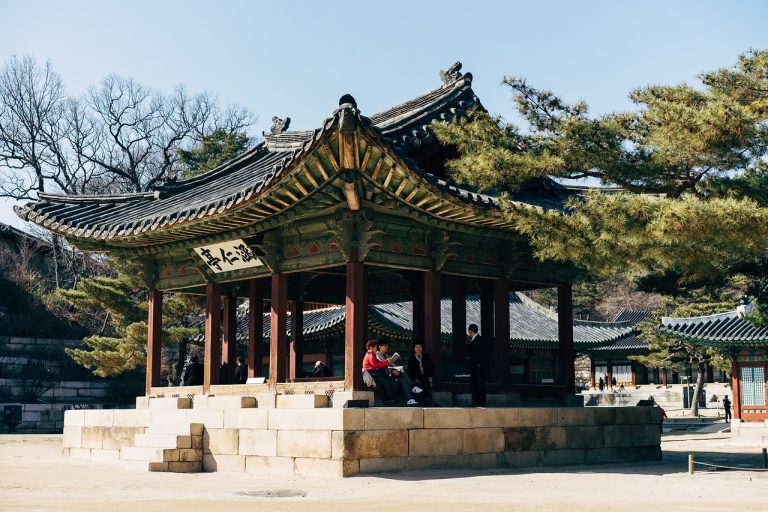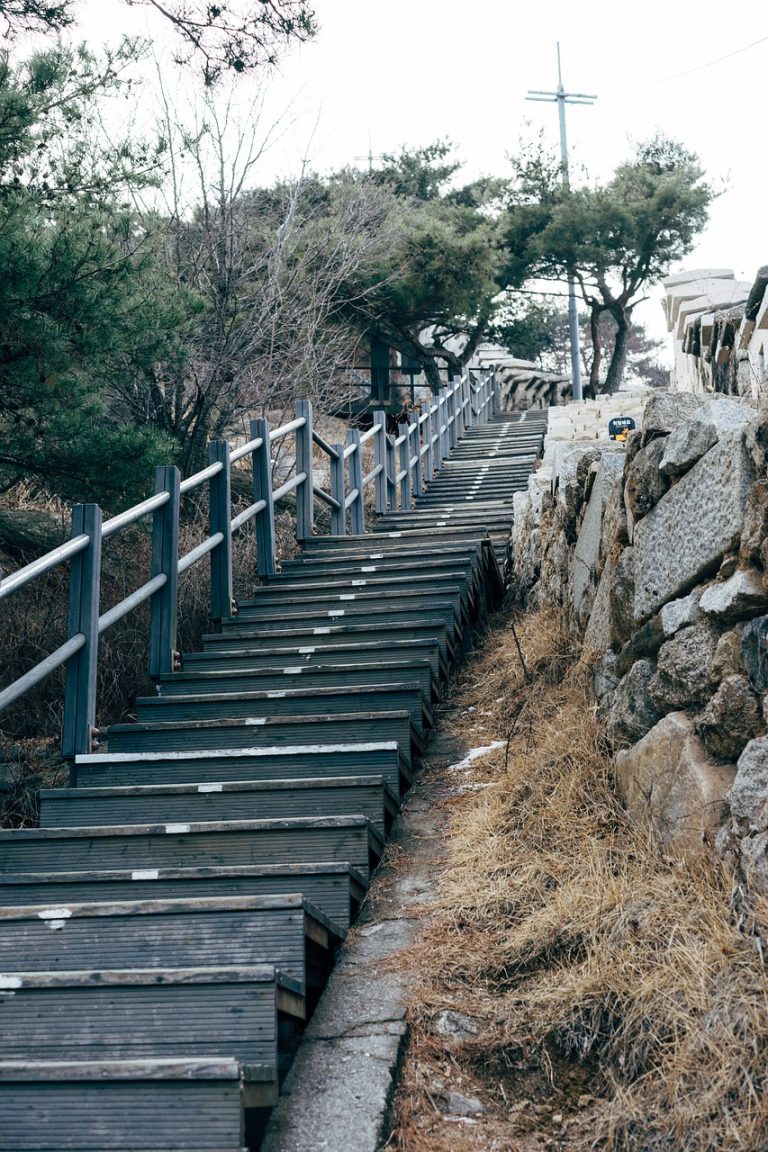Seoul South Korea Video
Local Arts and Culture: Museums of Seoul South Korea
Seoul, the vibrant capital city of South Korea, is known for its rich arts and culture scene. The city is home to numerous museums that showcase the country’s history, art, and heritage. From ancient artifacts to contemporary masterpieces, Seoul’s museums offer a diverse range of experiences for art enthusiasts and history buffs alike. In this article, we will explore some of the most notable museums in Seoul and delve into the fascinating world of Korean arts and culture.
Seoul South Korea Image 1:

1. National Museum of Korea
The National Museum of Korea is the largest museum in South Korea and a must-visit for anyone interested in the country’s history and culture. Located in Yongsan-gu, Seoul, the museum houses over 220,000 artifacts spanning various periods, including prehistoric, ancient, medieval, and modern times. The museum’s collection includes ancient relics, traditional artworks, royal treasures, and archaeological findings.
- The museum’s highlight is the Goryeo Celadon collection, showcasing exquisite green-glazed ceramics from the Goryeo Dynasty.
- Another notable section is the Calligraphy and Painting Gallery, displaying stunning calligraphy works and traditional paintings.
- Visitors can also explore the outdoor sculpture garden, which features contemporary sculptures and installations.
Keywords: National Museum of Korea, artifacts, history, culture, Goryeo Celadon, calligraphy, painting, sculpture.
Seoul South Korea Image 2:

2. Leeum, Samsung Museum of Art
Leeum, Samsung Museum of Art, located in Hannam-dong, Seoul, is a renowned contemporary art museum that showcases both traditional and modern artworks. The museum has three main galleries, each dedicated to a different theme or period.
- The Samsung Museum of Art showcases traditional Korean art, including calligraphy, paintings, and ceramics.
- The Samsung Child Education & Culture Center offers interactive exhibits and educational programs for children.
- The Rodin Gallery houses a collection of sculptures by the French sculptor Auguste Rodin.
Keywords: Leeum, Samsung Museum of Art, contemporary art, traditional art, calligraphy, ceramics, children’s education, Rodin Gallery, sculptures.
3. Seoul Museum of Art
The Seoul Museum of Art, located in Seosomun-dong, Seoul, is a prominent contemporary art museum that showcases both Korean and international artworks. The museum hosts various exhibitions throughout the year, featuring works from emerging artists as well as renowned masters.
- The museum’s permanent collection includes paintings, sculptures, installations, and multimedia artworks.
- Visitors can also enjoy workshops, lectures, and performances organized by the museum.
- The museum’s rooftop garden provides a serene space for relaxation and contemplation.
Keywords: Seoul Museum of Art, contemporary art, Korean art, international art, paintings, sculptures, installations, multimedia, workshops, lectures, performances, rooftop garden.
Seoul South Korea Image 3:

4. National Palace Museum of Korea
The National Palace Museum of Korea, located within the grounds of Gyeongbokgung Palace, is dedicated to preserving and showcasing the royal heritage of Korea. The museum houses a vast collection of artifacts and treasures from the Joseon Dynasty.
- The museum’s collection includes royal costumes, accessories, paintings, and ceremonial objects.
- Visitors can also explore the reconstructed buildings and gardens of Gyeongbokgung Palace.
- The museum offers guided tours and educational programs to help visitors understand the rich history and culture of the palace.
Keywords: National Palace Museum of Korea, Gyeongbokgung Palace, Joseon Dynasty, royal costumes, paintings, ceremonial objects, reconstructed buildings, gardens, guided tours, educational programs.
5. Seoul Arts Center
The Seoul Arts Center is a multi-purpose cultural complex located in Seocho-gu, Seoul. It houses several performance venues, including an opera house, a concert hall, a theater, and an art gallery. The center hosts a wide range of cultural events, including concerts, theater performances, art exhibitions, and film screenings.
- The Opera House is known for its world-class opera productions and ballet performances.
- The Concert Hall hosts symphony concerts and classical music performances.
- The Hangaram Art Museum showcases contemporary art exhibitions.
Keywords: Seoul Arts Center, cultural complex, opera house, concert hall, theater, art gallery, concerts, theater performances, art exhibitions, film screenings, ballet, symphony, classical music, contemporary art.
6. War Memorial of Korea
The War Memorial of Korea is a museum and memorial located in Yongsan-gu, Seoul, dedicated to honoring and remembering the sacrifices made during the Korean War. The museum displays a vast collection of military artifacts, including weapons, uniforms, photographs, and documents.
- The museum’s outdoor exhibition area showcases military vehicles, aircraft, and large-scale weaponry.
- Visitors can learn about the history of the Korean War through interactive exhibits and multimedia presentations.
- The memorial hall pays tribute to the fallen soldiers and provides a space for reflection and remembrance.
Keywords: War Memorial of Korea, Korean War, military artifacts, weapons, uniforms, photographs, documents, outdoor exhibition, military vehicles, aircraft, interactive exhibits, multimedia presentations, memorial hall.
7. Museum Kimchikan
Museum Kimchikan is a unique museum dedicated to the iconic Korean dish, kimchi. Located in Jongno-gu, Seoul, the museum explores the history, culture, and significance of kimchi in Korean society.
- The museum showcases various types of kimchi and explains the fermentation process.
- Visitors can participate in kimchi-making workshops to learn the traditional methods of preparing kimchi.
- The museum also features interactive exhibits and multimedia presentations on the cultural importance of kimchi.
Keywords: Museum Kimchikan, kimchi, fermentation process, workshops, traditional methods, interactive exhibits, cultural importance.
8. Seoul Museum of History
The Seoul Museum of History, located in Jongno-gu, Seoul, offers a comprehensive overview of the city’s history and development. The museum showcases artifacts, photographs, and multimedia exhibits that highlight Seoul’s transformation from a traditional capital to a modern metropolis.
- The museum’s permanent exhibition covers various periods, including the Joseon Dynasty, Japanese colonial rule, and the rapid urbanization of Seoul.
- Visitors can explore reconstructed historical buildings and experience traditional Korean culture.
- The museum also organizes walking tours and cultural events to promote a deeper understanding of Seoul’s history.
Keywords: Seoul Museum of History, Seoul’s history, artifacts, photographs, multimedia exhibits, Joseon Dynasty, Japanese colonial rule, urbanization, reconstructed buildings, traditional culture, walking tours, cultural events.
9. Seoul Museum of Korean Folk Music
The Seoul Museum of Korean Folk Music, located in Jongno-gu, Seoul, is dedicated to preserving and promoting traditional Korean music. The museum features a collection of traditional musical instruments, recordings, and performance videos.
- The museum offers live performances of traditional Korean music, including court music, folk songs, and instrumental performances.
- Visitors can participate in workshops to learn how to play traditional instruments or experience traditional dance.
- The museum also organizes educational programs to introduce visitors to the rich heritage of Korean folk music.
Keywords: Seoul Museum of Korean Folk Music, traditional Korean music, musical instruments, recordings, performance videos, live performances, court music, folk songs, workshops, traditional dance, educational programs.
10. National Hangeul Museum
The National Hangeul Museum, located in Jongno-gu, Seoul, celebrates the Korean alphabet, Hangeul. The museum showcases the history and significance of Hangeul through interactive exhibits, multimedia presentations, and cultural events.
- The museum’s collection includes ancient documents, calligraphy works, and rare books related to Hangeul.
- Visitors can participate in workshops to learn the basics of Hangeul and try their hand at calligraphy.
- The museum also offers educational programs for children and hosts special exhibitions on Hangeul-related topics.
Keywords: National Hangeul Museum, Hangeul, Korean alphabet, interactive exhibits, multimedia presentations, cultural events, ancient documents, calligraphy works, rare books, workshops, educational programs, special exhibitions.
Conclusion
Seoul’s museums offer a fascinating journey through the history, art, and culture of South Korea. From ancient artifacts to contemporary masterpieces, these museums provide a comprehensive understanding of the country’s rich heritage. Whether you are interested in traditional Korean art, modern contemporary works, or the history of the Korean War, Seoul’s museums have something to offer every visitor. So, make sure to include these museums in your itinerary when exploring the vibrant arts and culture scene of Seoul, South Korea.
References
- National Museum of Korea: nationalmuseum.museum
- Leeum, Samsung Museum of Art: leeum.org
- Seoul Museum of Art: seoulmoa.seoul.go.kr
- National Palace Museum of Korea: gogung.go.kr
- Seoul Arts Center: sac.or.kr
- War Memorial of Korea: warmemo.or.kr
- Museum Kimchikan: kimchikan.com
- Seoul Museum of History: museum.seoul.kr
- Seoul Museum of Korean Folk Music: koreanfolk.co.kr
- National Hangeul Museum: hangeul.go.kr







